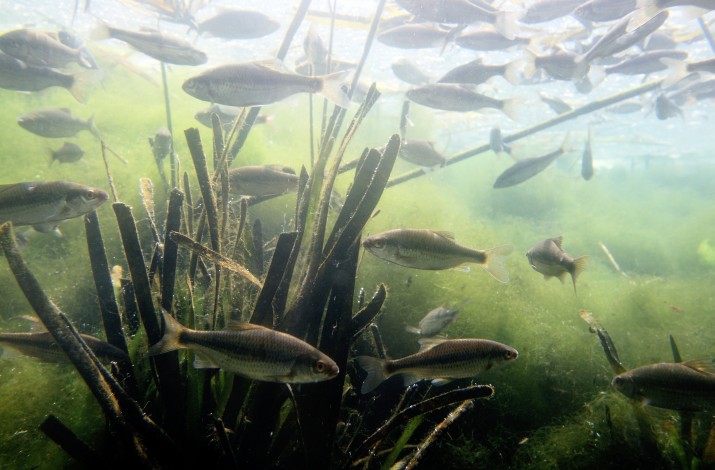Known as Metagenomics, this can be used to assess biodiversity in the aquatic environment, which is less invasive than mark and recapture techniques. DNA is released into the environment from urine, skin cells, faecal material, gametes and mucus secretions and can be detected by molecular genetic techniques. Persistence of the DNA for detection from the environment depends on many factors and Noahgene is currently working on increasingly sensitive molecular tests for both freshwater and seawater, with rapid turnaround time.
Environmental DNA analysis is very useful in conservation.

